Books about Alaska
To prepare for our summer adventure to Alaska, I read Michener’s great novel, Alaska, and three books recommended by Lindblad Expeditions. John Muir’s Travels in Alaska, was riveting. In addition to saving redwoods and founding the Sierra Club, he was a terrific writer. I read the first half of Coming Into the Country by John McPhee, another expert writer who makes Alaskan characters and their predicaments come alive. The Nature of Alaska by Kavanagh and Leung helped me sharpen images of what to look for in the wild and recall their names afterward. The introduction to this book is a 5-page masterpiece written by James C. Rettie of the U.S. Forest Service in 1948. It reviews the earth’s long history much like Scott Babcock did on the Sea Lion. Just as Scott marked the beginning of mankind on the very last sheet of a thick role of tissue paper, Rettie ends with this question: “We have just arrived upon this earth. How long will we stay?”
When I saw the incredible blue of the glaciers and their resulting icebergs, I remembered a book by Mary Catherine Bateson, Peripheral Visions. She writes of being in the Cathedral of St. John the Divine in New York City and seeing an “epiphany of blue, a huge blue rose window at the back end of the church, a celestial firmament.” This scene in Alaska was my “epiphany in blue.”
Still more examples of fabulous blues are a Chihuly chandelier in Seattle and the Dom Pedro aquamarine in the Smithsonian Museum of Natural History.
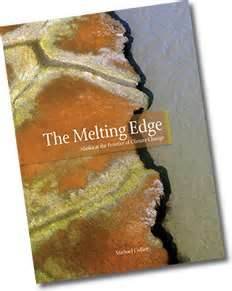
A wonderful book to emerge from this trip is The Melting Edge: Alaska at the Frontier of Climate Change by Michael Collier, published in 2012 by Alaska Geographic. I bought two copies at the Mendenhall Glacier gift shop, one for us and one for my brother. The before and after photos and the well-researched graphics leave no doubt that we have contributed to greenhouse gases that are warming our planet. My concern has grown since my book group read The Weather of the Future in January. More evidence is in today’s New York TImes.
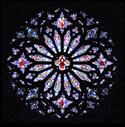
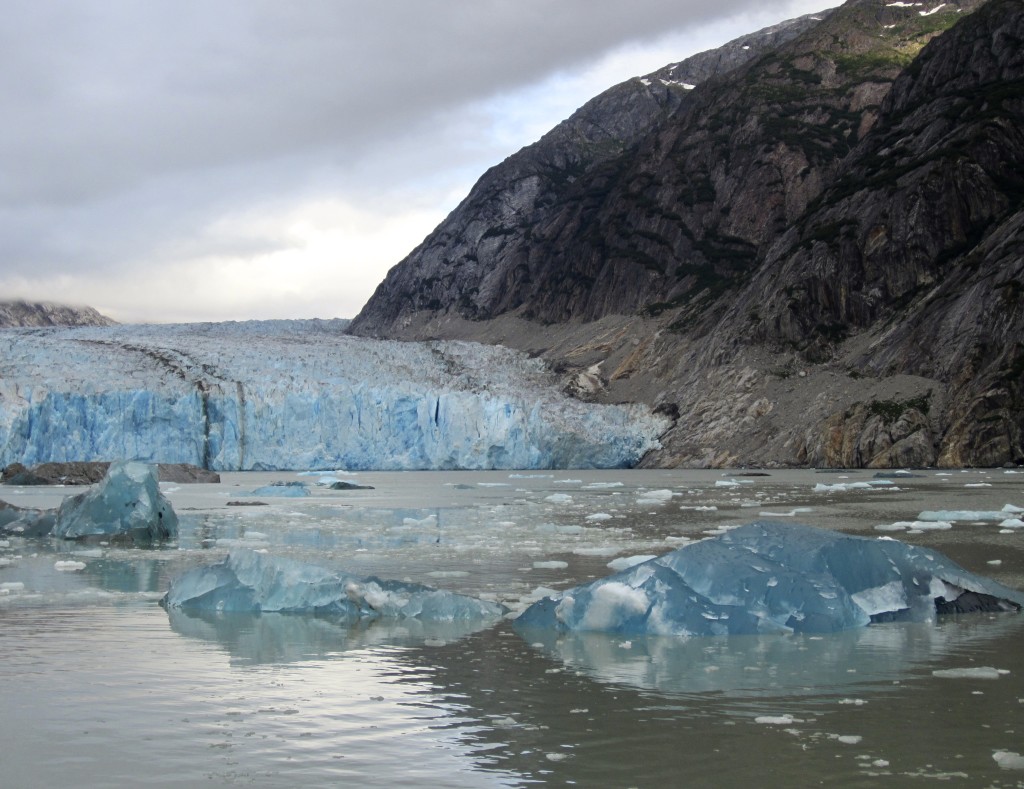
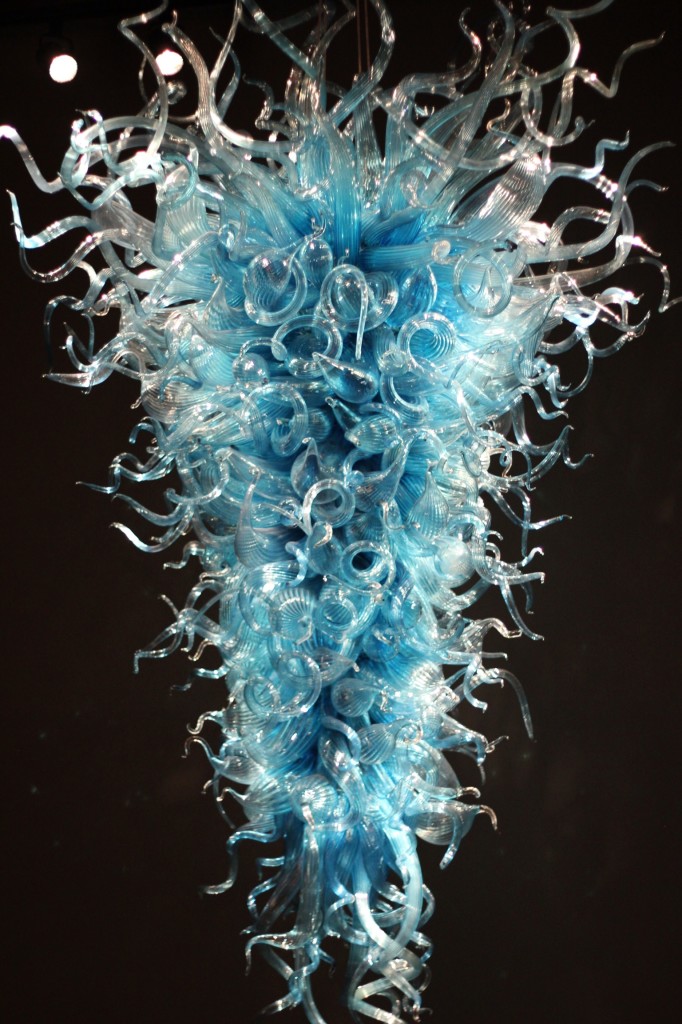
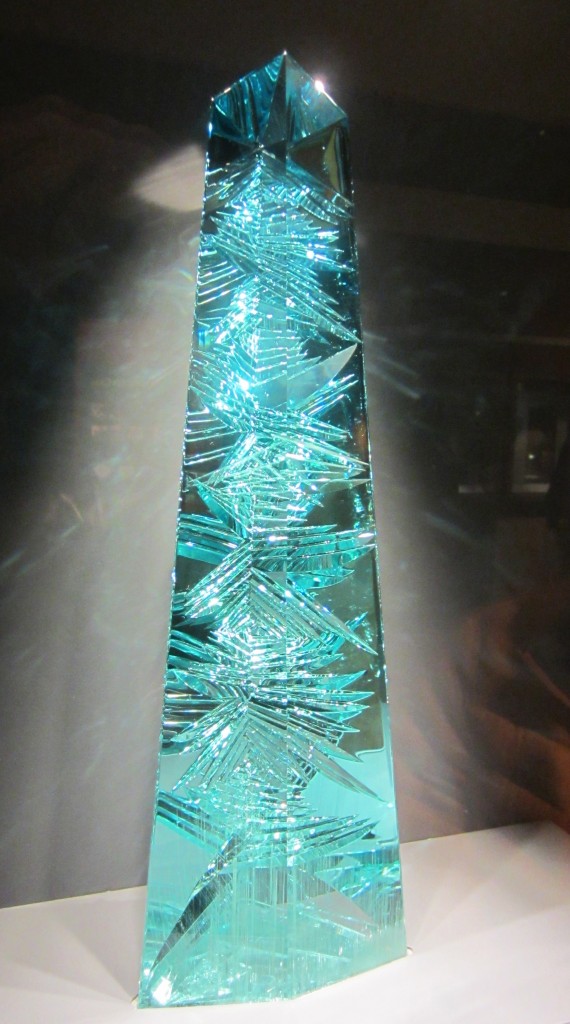
Leave a Reply